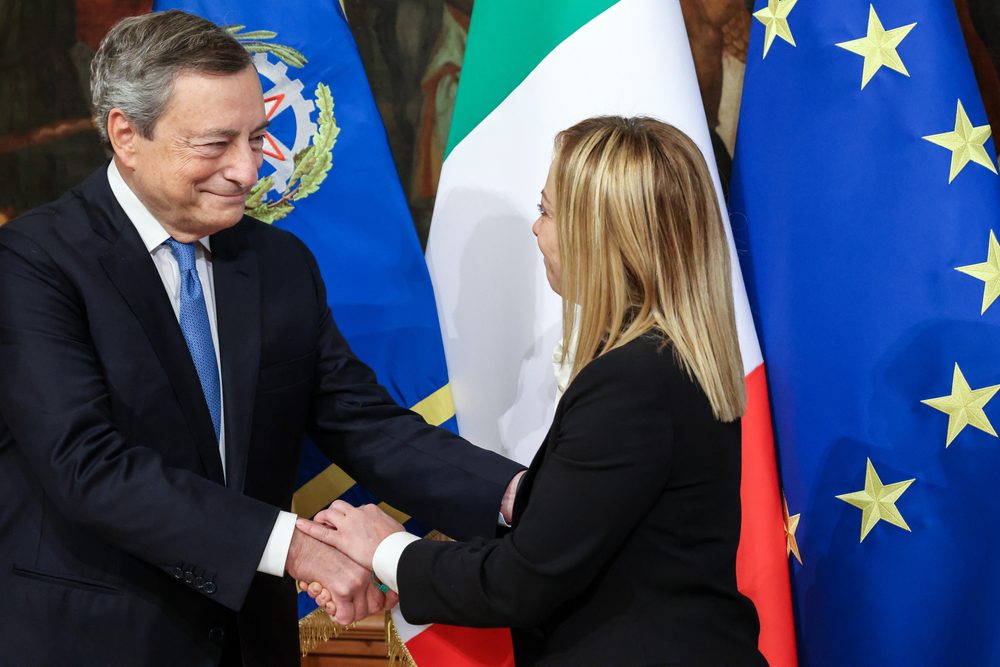
Of the total €191.5 billion euros assigned to Italy in the context of the EU’s NextGenerationEU Recovery and Resilience Fund, the country has so far received €67 billion. This European fund allotment would have to be spent by 2026, with a periodic accounting of proper fund absorption taking place before new installments are unlocked. This has so far met with delays, however, as the Commission has highlighted.
Specifically, a €19 billion installment due at the end of 2022 was frozen, pending Brussels’ reception of details from the Italian government concerning how it hopes to meet the targets laid out by former Prime Minister Mario Draghi, whose administration wrote Italy’s ‘recovery and resilience’ national plan.
Delays are partly owed to the framework contracts of projects through which funding takes place, often being aimed at small entities like local governments, which do not have enough staff to write out the often cumbersome proposals required to access these funds and properly conform them to their Terms of Reference. Neither do smaller entities always have the money to pay for a consultancy able to write out these proposals, especially given that there is no guarantee the tender will be won and the funding received.
The nature of European fund access procedures represents an area of mismatch between Brussels, on the one hand, and local governments, on the other.
Current PM Giorgia Meloni, for her part, has argued that Draghi’s plan needs to be rethought within the context of inflation and a rise in energy prices occasioned by the invasion of Ukraine.
Meloni has also been blamed for the delays. She faces criticism for changing the person at the head of Recovery and Resilience Fund oversight, causing a delay in its operations by rewriting Draghi’s original plan. The latter, however, seems needed, given the ideological presuppositions that may be ‘baked into the cake’ of Draghi’s approach to spending, and which Meloni’s democratic mandate requires her to scrutinize.
